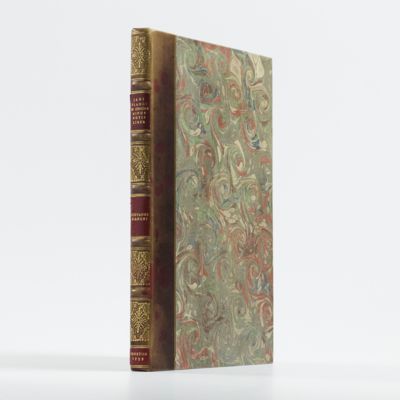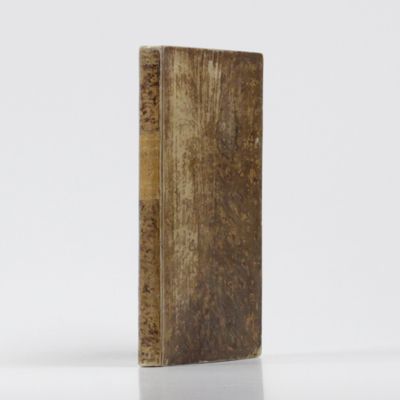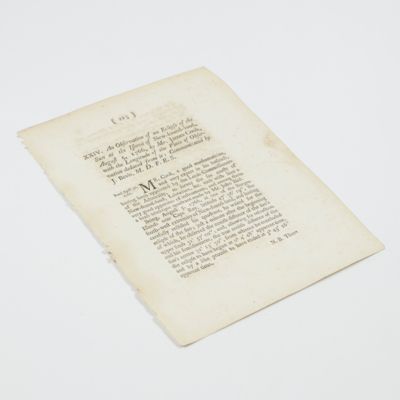Pauli, W. [E.]
Über den Zusammenhang des Abschlusses der Elektronengruppen im Atom mit der Komplexstruktur der Spektren.
Berlin, Julius Springer, 1925. 8vo (21.1 x 15.2 cm). pp. 765-783 [complete volume: vii, 952 pp.]. Contemporary full red buckram. Gilt title on the spine. Edges speckled red.
Wolfgang Ernst Pauli's most important contribution to quantum mechanics: the discovery and description of a new law in nature: that within an atom, two particles could not be simultaneously in the same configuration. "In 1922 Pauli obtained the doctorate with the thesis Über das Modell der Wasserstoffmolekülions. Soon thereafter he began to work on the anomalous Zeeman effect. As he reports in his Nobel lecture, these studies finally culminated in the discovery of the exclusion principle, announced in Ueber der Elektronengruppen im Atom mit der Komplexstruktur der Spektren" (DSB). Published in the famous Zeitschrift für Physik, volume 31. By coincidence, the next paper is by Albert Einstein (Weil, 146), and there are other important contributions by Pauli, and by Heisenberg and Kramer. In fact, the Zeitschrift für Physik was not only the most important physics periodical of that time, but 1925 was also one of the most important years in the development of modern physics. Provenance: the stamp of the pre-WWII optical instrument makers, Adam Hilger, Ltd, in the top margin of the front free endpaper recto. Light shelf wear; spine a bit sunned; lower outer corner somewhat wavy, otherwise a very good, clean copy. DSB volume X, pp. 422-425.
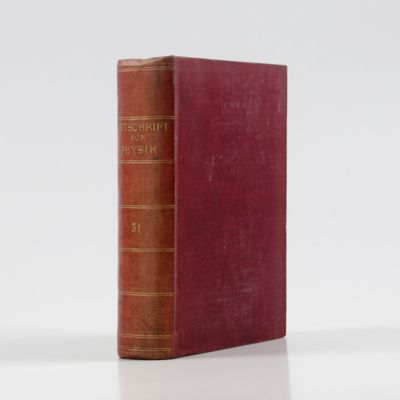

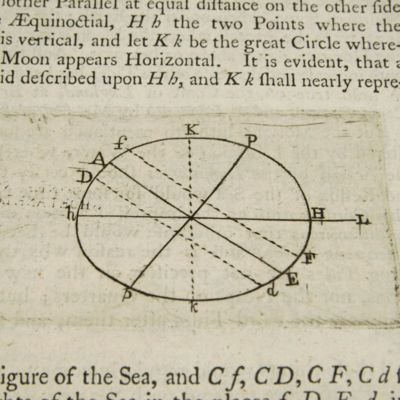
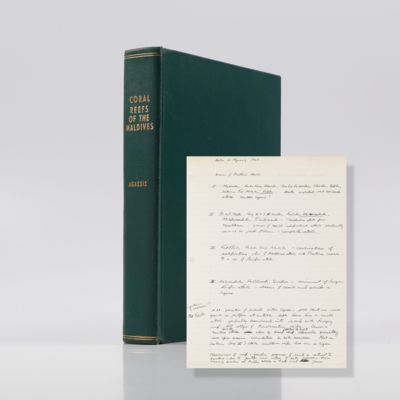
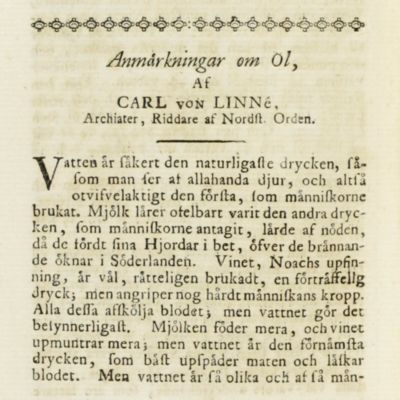
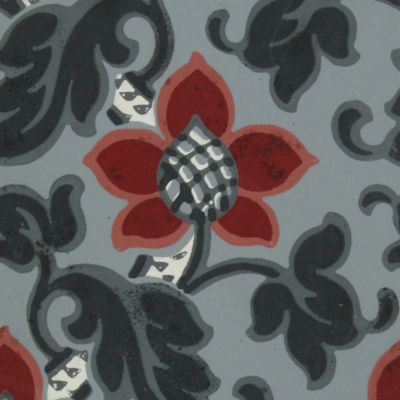
![image for Deutsche medicinische Wochenschrift. [The first papers on the application of Röntgen or X rays in medicine].](https://schierenberg.nl/media/cache/product_thumb/68555/68555.jpg)
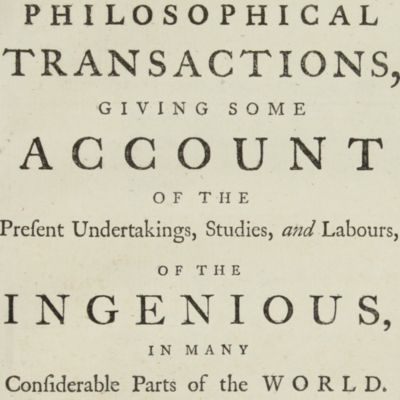
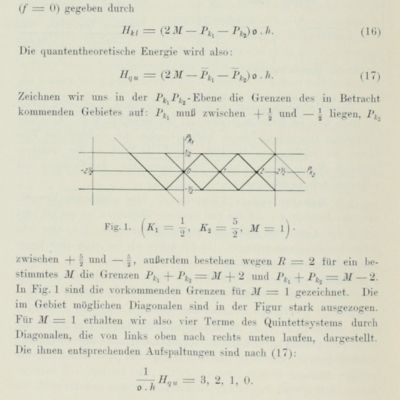
![image for [Portrait by Jules Boilly]](https://schierenberg.nl/media/cache/product_thumb/77484/77484_x.jpg)
